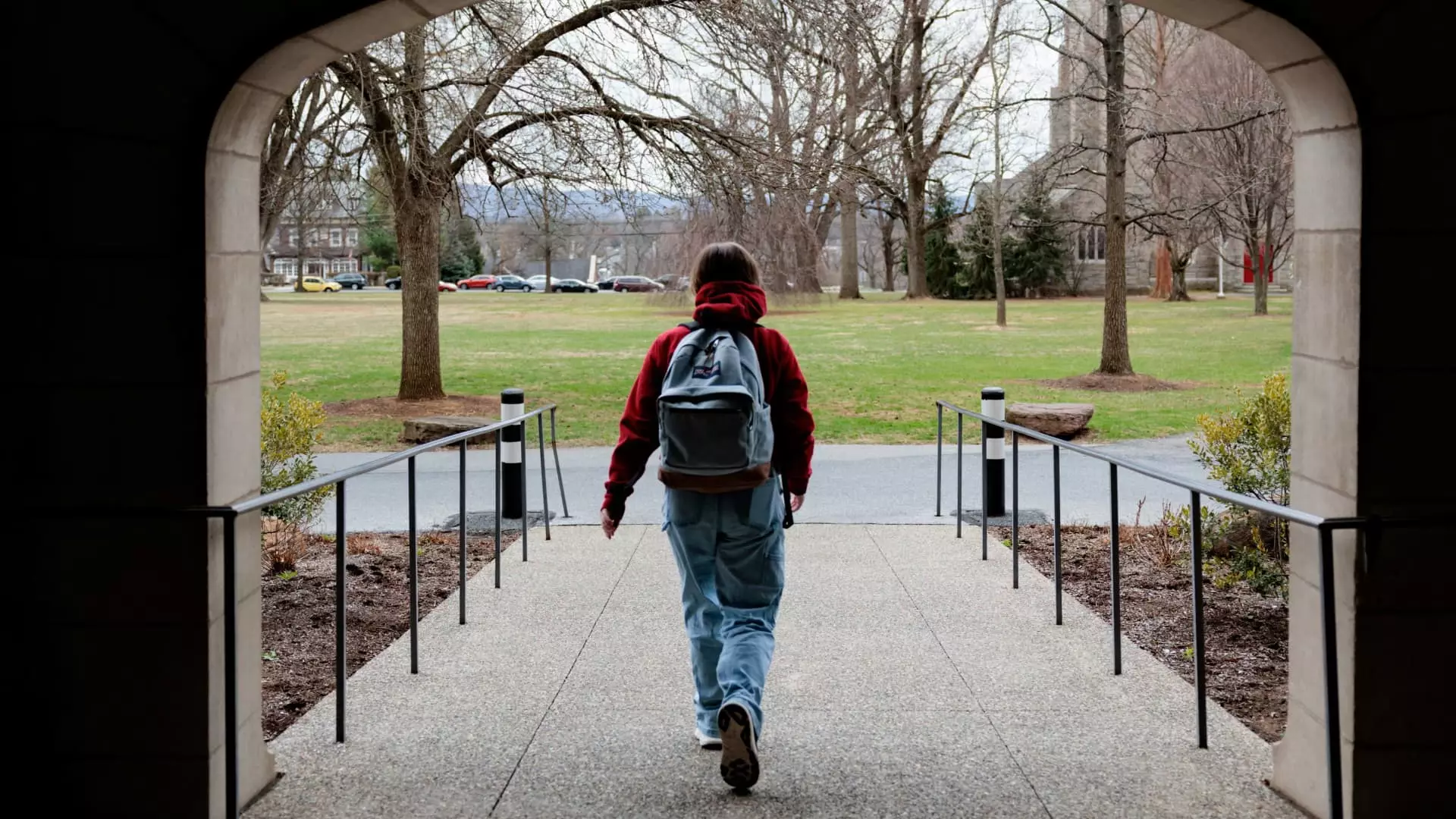The U.S. Department of Education just reopened online applications for income-driven repayment (IDR) plans, a move that reflects the chaos of student loan policy in recent years. The very fact that borrowers must navigate these changing policies highlights the systemic dysfunction within an institution designed to support education. The plans available now—Income-Based Repayment, Pay As You Earn, and Income-Contingent Repayment—have been at the center of a political tug-of-war that leaves many borrowers feeling more like fodder for political games than recipients of necessary support.
The Trump administration’s earlier decision to pull these applications based on a court ruling shines a light on a troubling trend: policies are often influenced more by administration changes than by a genuine commitment to borrowers’ relief. Instead of offering clarity and consistency, the Department of Education has made it harder for individuals to manage their student debt responsibly.
Legal Battles and Their Consequences
The American Federation of Teachers recently filed a lawsuit against the Trump administration for prematurely halting the IDR applications, which leads to an uneasy relationship between policy and practical life realities for borrowers. The argument here hinges on the alleged overreach in interpreting a court order that primarily targeted the Biden administration’s new SAVE plan. This not only showcases a litigious approach to governance but also signifies deep rifts in how education financing should be handled. Policies are ambiguous and often result in dire consequences for a population that depends, if not entirely, then largely on these programs for financial reprieve.
Moreover, the reversal of policy creates confusion among borrowers, many of whom rely on these plans to manage their financial futures. One can’t help but recognize that the education system’s safety nets appear more like traps when these policies are abruptly altered in pursuit of political agendas.
The Historical Context Needed
It’s critical to note that these IDR plans were conceived in the 1990s precisely to foster financial accessibility for students while navigating their repayment obligations. Initially designed to cap payments as a percentage of discretionary income and offer complete forgiveness after 20 to 25 years, these plans have become essential to millions of Americans grappling with the burden of student loans. Yet, the implementation of these programs has been patchy and riddled with bureaucratic red tape.
More than 12 million borrowers enrolled in IDR plans as of September 2024 means that a considerable demographic of American citizens is tied to the efficacy of these policies. Yet the sentiment echoing through the halls of the Department of Education feels increasingly disconnected from the realities faced by borrowers. The apparent lack of foresight in creating robust, lasting solutions continues to exacerbate the crisis, pushing many into endless cycles of debt while the establishment flounders among legal disputes and political posturing.
The Urgent Call for Reform
An urgent tone for change reverberates throughout discussions surrounding student loan repayment. While it is commendable that the Department is taking steps to allow applications once more, it’s crucial to transform this into an actual commitment to borrowers’ well-being, rooted in stability rather than improvised policy shifts. We need a system that not only encourages educational aspirations but also protects our citizens from becoming entrenched in a quagmire of confusing repayment structures. As we push toward a more equitable educational landscape, our methods must also evolve beyond legislative gamesmanship to reflect a true understanding of borrowers’ needs, advocating for a sustainable path forward.

Leave a Reply